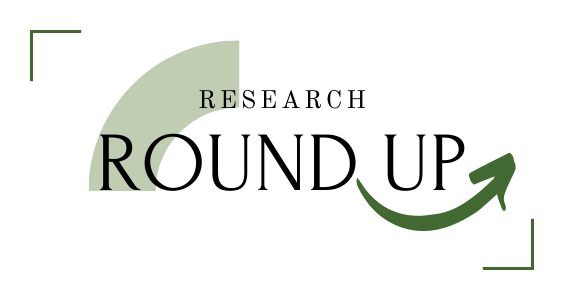In each issue of our newsletters, the research round up will draw the focus to a specific topic that can resonate among PSM scholars and practitioners. In this first issue, we highlight three contributions dealing with different aspects of PSM funding, its legitimacy and its influence on independence.
Timothy Neff & Victor Pickard | International Journal of Press/Politics, 2021
Funding Democracy: Public Media and Democratic Health in 33 Countries
Like others before them, Timothy Neff and Victor Pickard purport to show that there is a connection between a healthy media environment and a healthy democracy. This time the authors approach this “virtuous circle” by contrasting different aspects of the public service media systems in 33 countries (funding, audience shares, and regulatory data) with their ranking in the Democracy Index of the Economist Intelligence Unit and their Gross Domestic Products. Apart from establishing five models of PSM systems worldwide (State-Administered, Liberal-Pluralist, Direct Funding, Commercial-Public, and Democratic Corporatist) through a cluster analysis, the study conducted by Neff and Pickard also allows for the conclusion that well-funded and independent PSM is positively linked to healthy democracies.
Read the full paper here.
Christian Herzog & James Meese | Communication Research and Practice, 2021
Public service media, innovation policy and the ‘crowding out’ problem
Public Service Media organisations have been accused of crowding out the market. From a neoliberal perspective, commercial media have complained about the allocation of public funding to digital PSM activities distorting the market. Christian Herzog and James Meese bring together this ‘crowding out’ paradigm with an analysis of the innovation policies deployed by two PSM organizations subject to different regulatory frameworks: ZDF (Germany) and ABC (Australia). The authors show that despite the ZDF’s innovation policies being much more restrictive and bureaucratic than the ABC’s more liberal approach, the innovations undertaken by the German PSM are much more resilient than those by the Australian broadcaster. Herzog and Meese propose a framework that allows for the comparative study of such innovation policies by analysing four factors: the size of the PSM organisation in relation to its market, the relation between the public and private sector (which impacts the way the ‘crowding out’ argument is articulated), the regulatory frameworks and their legal traditions.
Read the full paper here.
Marius Dragomir & Astrid Söderström | CEU Democracy Institute, 2021
The State of State Media. A Global Analysis of the Editorial Independence of State Media and an Introduction of a New State Media Typology
The funding of a PSM organization can also influence its editorial independence. That is one of the starting points of the report “The State of State Media”, where Marius Dragomir and Astrid Söderström analyze 546 state-administered media outlets in 151 countries. To do so, the authors apply the State Media Matrix, which looks at three main factors affecting a state media outlet: its funding, its ownership and governance, and its editorial autonomy. After applying this tool, Dragomir and Söderströms were able to identify 7 different state media models, ranging from state-controlled media to independent public media outlets. Their sombre conclusion is that only 18 media outlets qualify as independent, 11 of which are based in Europe.
Read the full report here.
For more information about the different PSM funding models, their main strengths and weaknesses, you can check this resource by the Public Media Alliance.

